Best AI tools for< Distinguish Human From Ai Writing >
7 - AI tool Sites
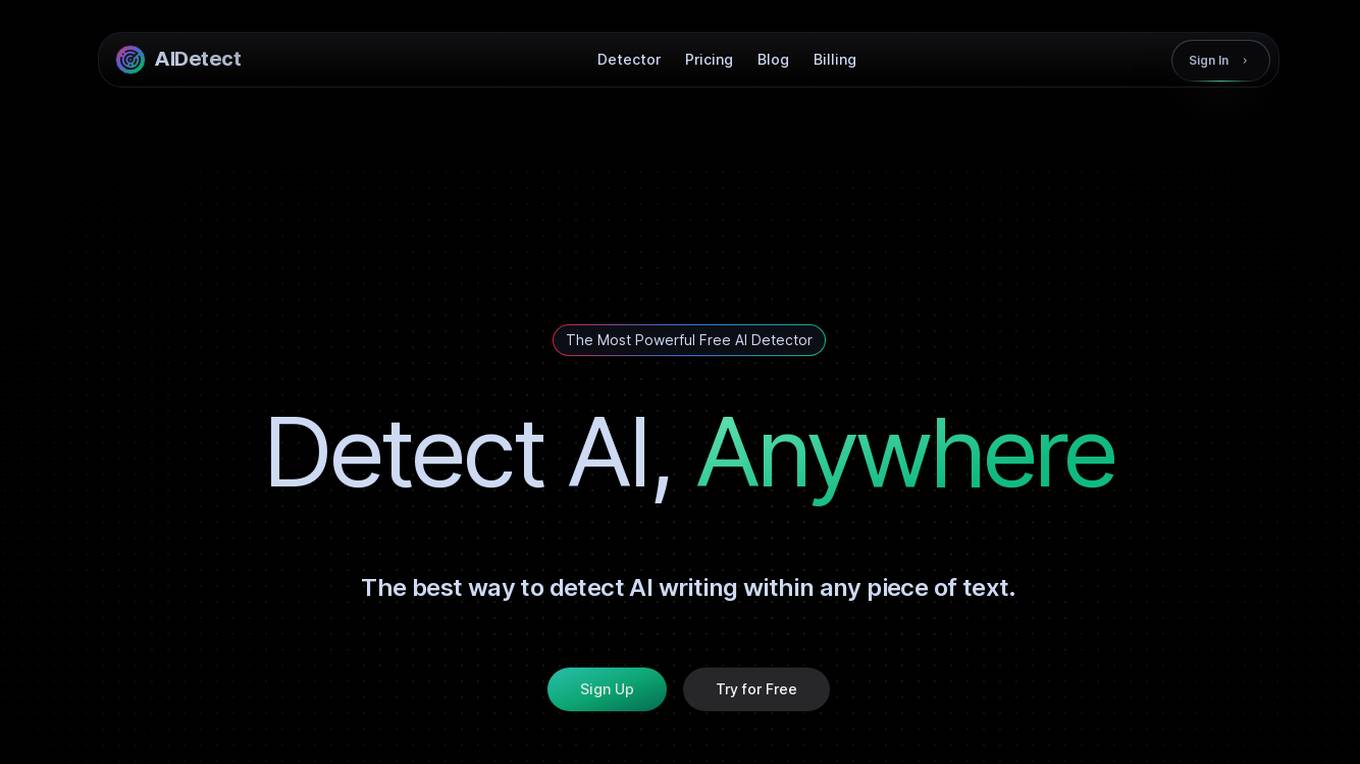
AIDetect
AIDetect is a powerful AI content detector tool that allows users to identify AI-generated writing within any text. It offers cutting-edge features and high accuracy, comparable to Turnitin, to help users verify the authenticity of content. With advanced technology, AIDetect ensures that users can distinguish between human and AI-generated content effortlessly.
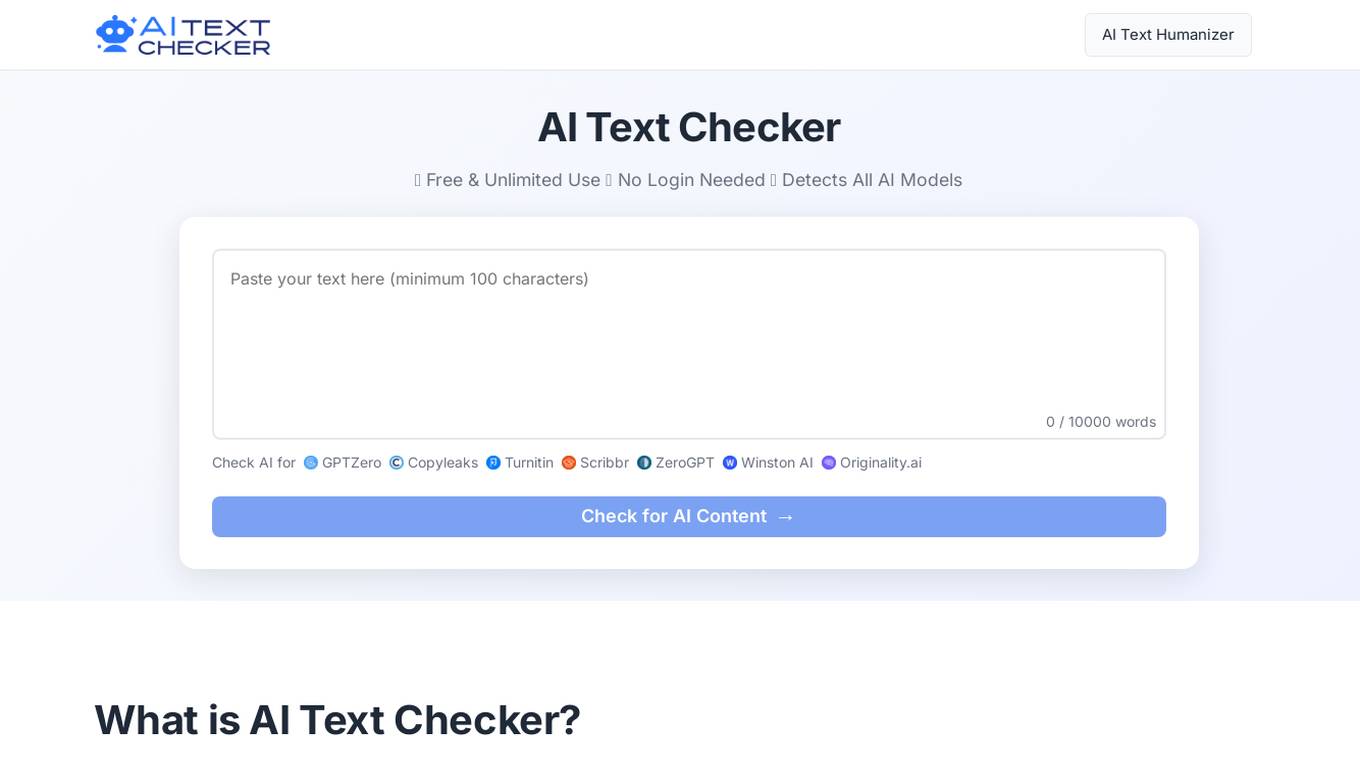
AI Text Checker
The AI Text Checker is an advanced tool designed to detect AI-generated content from popular models such as ChatGPT, GPT4, Gemini, Claude, and LLAMA. It utilizes cutting-edge algorithms to analyze text and identify patterns characteristic of AI-generated text. Users can leverage this tool to verify the authenticity of text and distinguish between human-written and AI-generated content, making it a valuable resource for content creators, researchers, and individuals concerned about the proliferation of AI-generated content online.
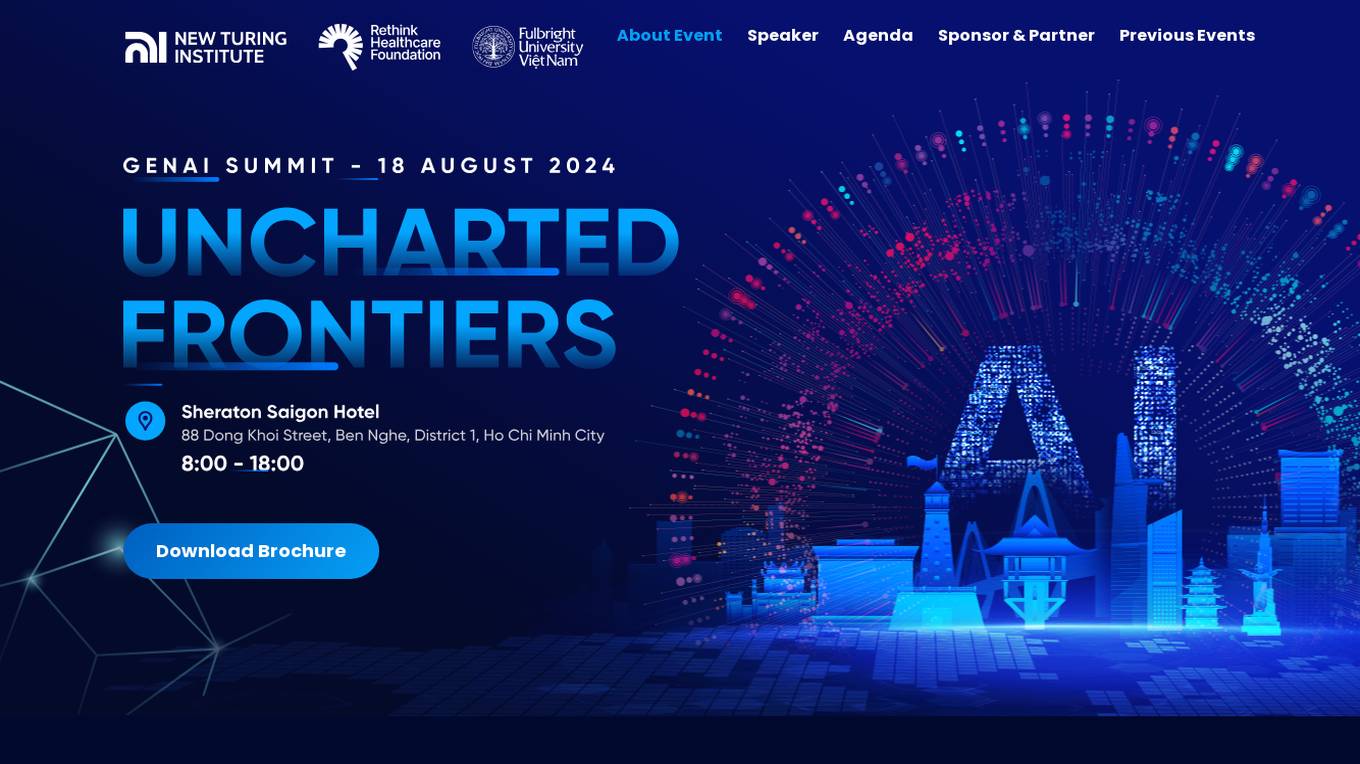
GenAI Summit 2024
GenAI Summit 2024 - Uncharted Frontiers is an AI-focused event that brings together leading experts in the field to discuss the latest advancements and future trends in artificial intelligence. The summit features distinguished speakers from top tech companies and academic institutions, offering valuable insights and thought-provoking discussions on the impact of AI on various industries. Organized by the New Turing Institute (NTI) and Rethink Healthcare Foundation (RHF), the event aims to foster collaboration, innovation, and knowledge sharing within the global AI community.
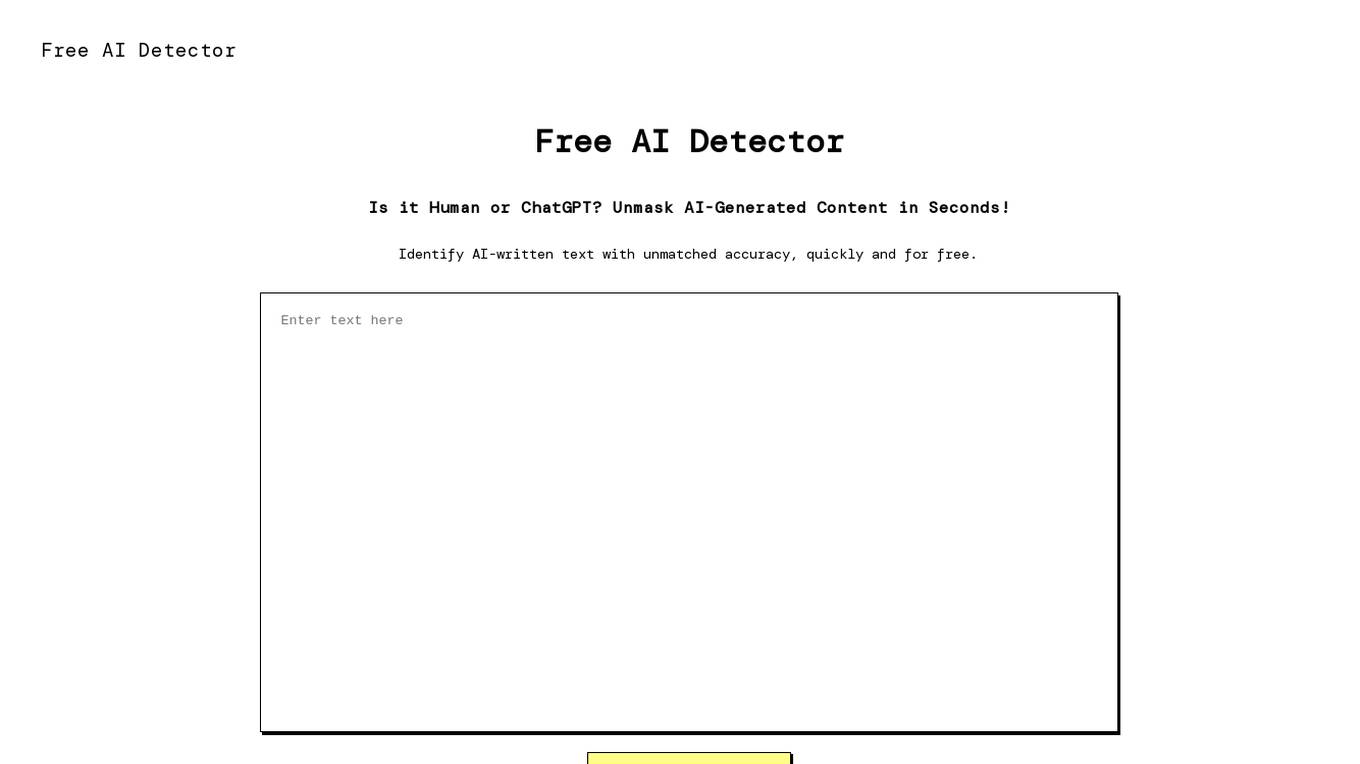
AI Detector
AI Detector is a powerful tool designed to identify AI-generated content with exceptional accuracy. It utilizes advanced natural language processing (NLP) and machine learning models to distinguish between human-written and AI-written text. The tool offers high accuracy, speed, multiple detection types, user-friendly interface, and ensures privacy and security. It helps users uncover the truth behind text, detect plagiarism, and verify the authenticity of content in various formats. AI Detector is free to use, requires no registration, and delivers quick results, making it a valuable resource for students, teachers, writers, and internet users.

Bot Verification
Bot Verification is an AI tool designed to verify that users interacting with a website are human and not automated bots. It helps prevent spam, fraud, and abuse by ensuring that real users are accessing the platform. The tool uses advanced algorithms to analyze user behavior and distinguish between human and bot interactions, providing a seamless and secure online experience for both users and website owners.
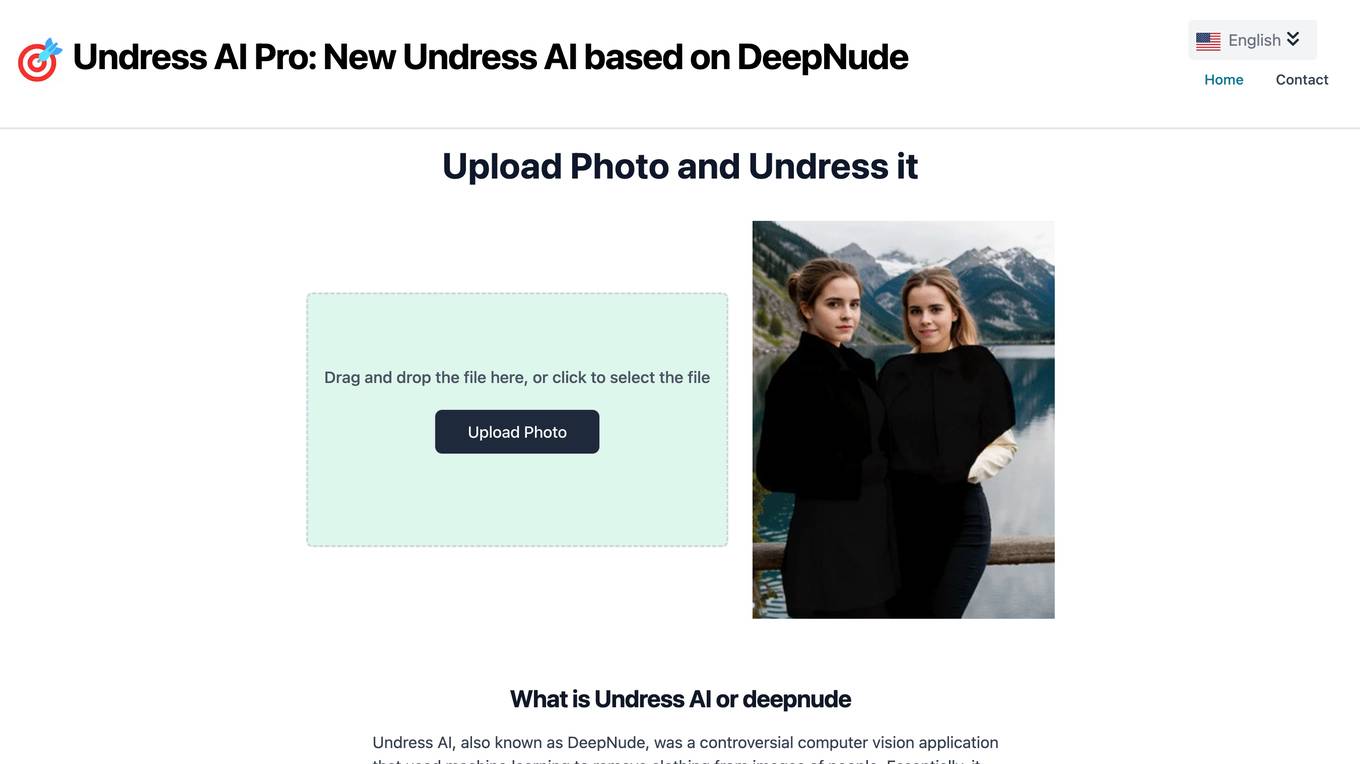
Undress AI Pro
Undress AI Pro is a controversial computer vision application that uses machine learning to remove clothing from images of people. It was based on deep learning and generative adversarial networks (GANs). The technology powering Undress AI and DeepNude was based on deep learning and generative adversarial networks (GANs). GANs involve two neural networks competing against each other - a generator creates synthetic images trying to mimic the training data, while a discriminator tries to distinguish the real images from the generated ones. Through this adversarial process, the generator learns to produce increasingly realistic outputs. For Undress AI, the GAN was trained on a dataset of nude and clothed images, allowing it to "unclothe" people in new images by generating the nudity.

ALL IN
ALL IN is a premier event dedicated to the Canadian AI ecosystem, aiming to support the artificial intelligence industry in building an AI-powered economy. The event brings together AI enthusiasts, industry leaders, and experts to share insights, practical use cases, and foster collaboration. With over 200 distinguished speakers, ALL IN provides a platform for decision-makers to explore innovative solutions, exchange ideas, and forge partnerships to thrive in an AI-driven economy.
0 - Open Source AI Tools
1 - OpenAI Gpts
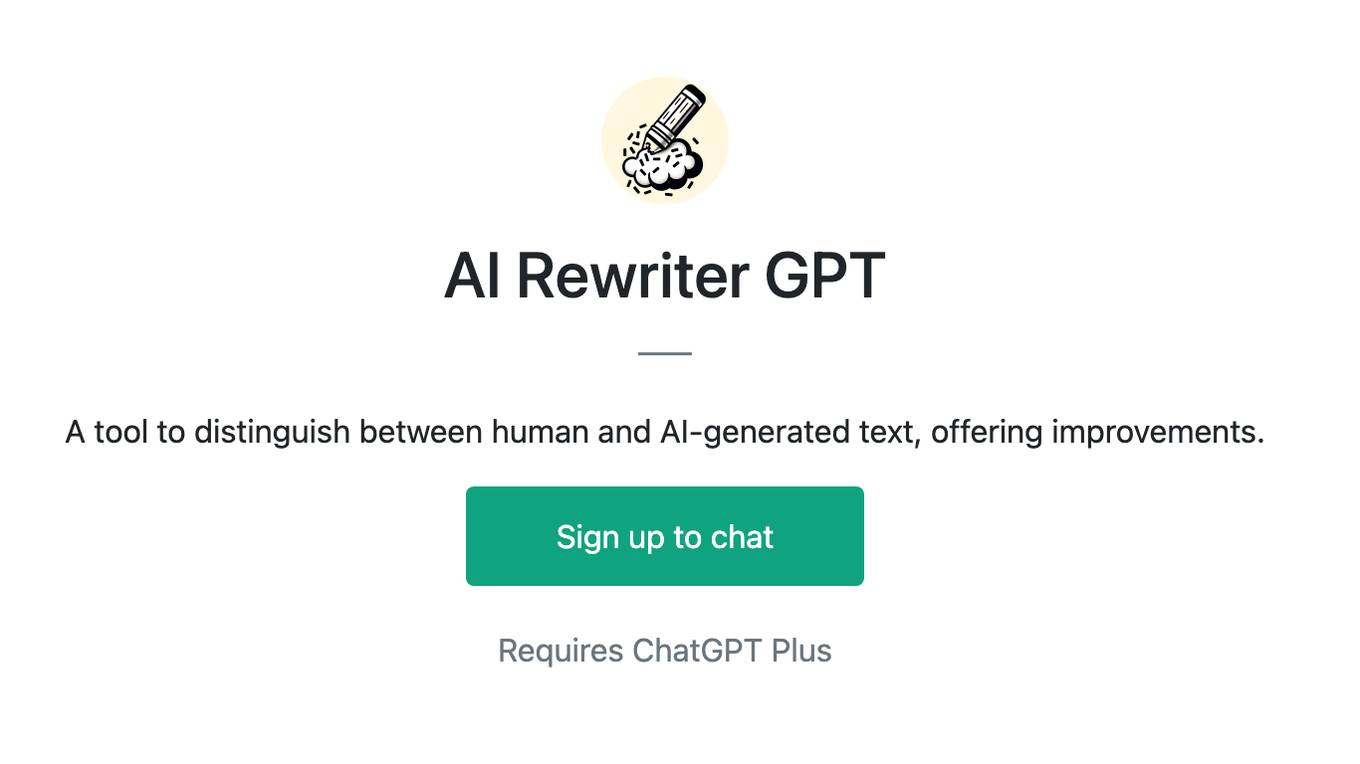
AI Rewriter GPT
A tool to distinguish between human and AI-generated text, offering improvements.